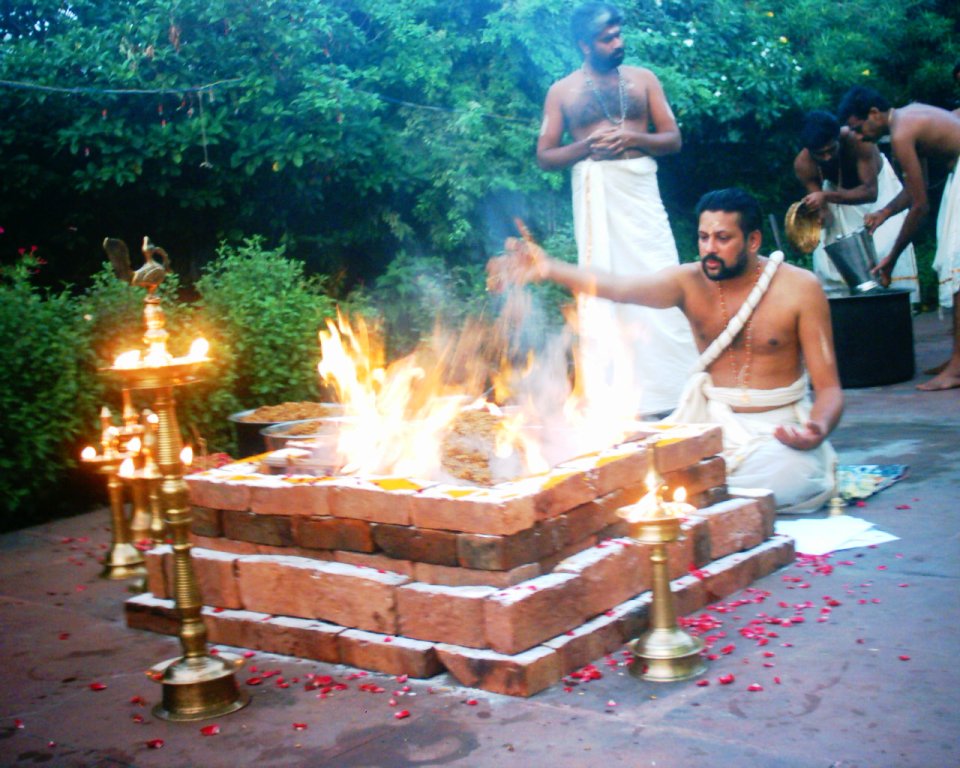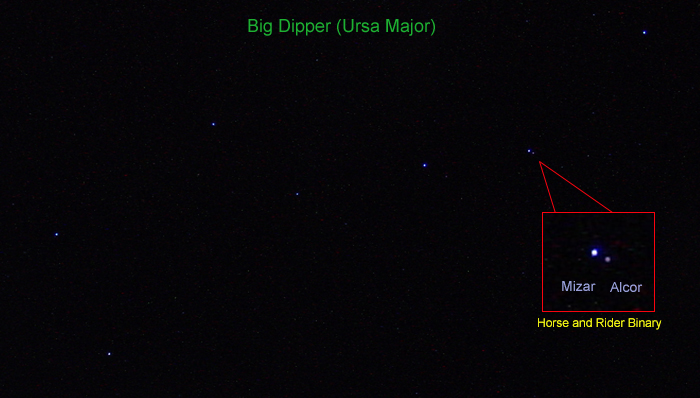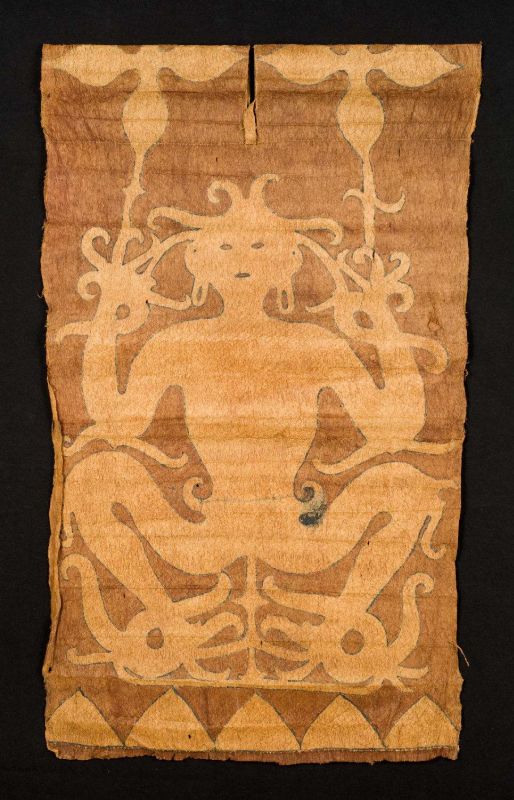|
Agnikula
In Indian culture, the Agnivanshi are people who claim descent from Agni, the Vedic god of fire. The Agnivanshi lineage (Agnivansha or Agnikula) is one of the three lineages into which the Rajput clans, the others being the Suryavanshi (descended from Surya, the sun god) and the Chandravanshi (descended from Chandra, the moon god). According to medieval legends, there are four Agnivanshi clans: Chauhans (Chahamanas), Parihars (Pratiharas), Parmars (Paramaras) and Solankis (Chaulukyas). Apart from Rajputs, several other Indian communities and dynasties have legends of fire-born ancestry. Alf Hiltebeitel theorises that the fire-lineage legends signify a new class of Kshatriya warriors, as opposed to the earlier warriors who claimed descent from the solar and lunar lineages mentioned in the ancient texts. Among the clans now known as the Rajputs, the legend might have been invented by Padmagupta, a 10th-century court poet of the Paramara dynasty. His ''Nava-sahasanka-charita'' is ... [...More Info...] [...Related Items...] OR: [Wikipedia] [Google] [Baidu] |
Paramara Dynasty
The Paramara dynasty (IAST: Paramāra) was an Indian dynasty that ruled Malwa and surrounding areas in west-central India between 9th and 14th centuries. They belonged to the Parmara clan of the Rajputs. The dynasty was established in either the 9th or 10th century, and its early rulers most probably ruled as vassals of the Rashtrakutas of Manyakheta. The earliest extant Paramara inscriptions, issued by the 10th-century ruler Siyaka, have been found in Gujarat. Around 972 CE, Siyaka sacked the Rashtrakuta capital Manyakheta, and established the Paramaras as a sovereign power. By the time of his successor Munja, the Malwa region in present-day Madhya Pradesh had become the core Paramara territory, with Dhara (now Dhar) as their capital. The dynasty reached its zenith under Munja's nephew Bhoja, whose kingdom extended from Chittor in the north to Konkan in the south, and from the Sabarmati River in the west to Vidisha in the east. The Paramara power rose and declined ... [...More Info...] [...Related Items...] OR: [Wikipedia] [Google] [Baidu] |
Nava-sahasanka-charita
:Not to be confused with ''Nava-sahasanka-charita'' by Shriharsha ''Nava-sahasanka-charita'' ( IAST: ''Nava-sāhasānka-carita'', "the biography of the New Sahasanka") is a Sanskrit-language epic poem written by the Paramara court poet Padmagupta, who lived in 10th-11th century. It is fantasy re-telling of the exploits of the Paramara king Sindhuraja, who bore the title ''Nava-sahasanka'', and ruled the Malwa region in central India. In the epic, Sindhuraja shoots a deer with a golden arrow during a hunting expedition in the Vindhyas. The deer escapes to its owner, the Naga princess Shashiprabha, who sees the hero's title "Nava-Sahasanka" written on the arrow. Meanwhile, in pursuit of the deer, the king comes across a necklace bearing Shashiprabha's name. Sindhuraja and Shashiprabha subsequently meet, and fall in love with each other. Shashiprabha's father has decided to marry her to the man who brings him a golden lotus in the possession of the demon king Vajrankusha. Sindhuraja ... [...More Info...] [...Related Items...] OR: [Wikipedia] [Google] [Baidu] |
Chauhan
Chauhan, historically ''Chahamana'', is a clan name historically associated with the various ruling Rajput families during the Medieval India in Rajasthan. Subclans Khichi, Hada, Songara, Bhadauria, Devda etc. are the branches or subclans of Chauhan Rajputs. Origin The word ''Chauhan'' is the vernacular form of the Sanskrit term ''Chahamana'' (IAST: Cāhamāna). Several Chauhan inscriptions name a legendary hero called Chahamana as their ancestor, but none of them state the period in which he lived. The earliest extant inscription that describes the origin of the Chauhans is the 1119 CE Sevadi inscription of Ratnapala, a ruler of the Naddula Chahamana dynasty. According to this inscription, the ancestor of the Chahamanas was born from the eye of Indra. The 1170 CE Bijolia rock inscription of the Shakambhari Chahamana king Someshvara states that his ancestor Samantaraja was born at Ahichchhatrapura (possibly modern Nagaur) in the gotra of sage Vatsa. The 1262 C ... [...More Info...] [...Related Items...] OR: [Wikipedia] [Google] [Baidu] |
Harsola Copper Plates
The Harsola copper plates are a set of two 949 CE Indian inscriptions that record the grants of two villages to a Nagar Brahmin father-son duo. The grants were issued by the Paramara king Siyaka II. The copper plates were discovered in Harsol (or Harsola) in present-day Gujarat state. Besides the Paramara ancestors of Siyaka, the inscription mentions men with Rashtrakuta titles. Based on their identification as Rashtrakuta kings, some historians have theorized that Paramaras descended from the Rashtrakutas. However, others have argued that these men were Paramara rulers who had adopted Rashtrakuta titles to portray themselves as successors of the Rashtrakutas in Malwa. History In the early 20th century, the plates were in the possession of a Visnagar Brahmin named Bhatta Magan Motiram, who was a resident of Harsol. It is not known when and how the plates came to be in his possession. According to Keshavlal Dhruv, the first two plates ("Grant A") were found joined toget ... [...More Info...] [...Related Items...] OR: [Wikipedia] [Google] [Baidu] |
Surya
Surya (; sa, सूर्य, ) is the sun as well as the solar deity in Hinduism. He is traditionally one of the major five deities in the Smarta tradition, all of whom are considered as equivalent deities in the Panchayatana puja and a means to realise Brahman. Other names of Surya in ancient Indian literature include Aditya, Arka, Bhanu, Savitr, Pushan, Ravi, Martanda, Mitra, Bhaskara, Prabhakara, Kathiravan, and Vivasvan. The iconography of Surya is often depicted riding a chariot harnessed by horses, often seven in number which represent the seven colours of visible light, and the seven days of the week. During the medieval period, Surya was worshipped in tandem with Brahma during the day, Shiva at noon, and Vishnu in the evening. In some ancient texts and art, Surya is presented syncretically with Indra, Ganesha, and others. Surya as a deity is also found in the arts and literature of Buddhism and Jainism. In the Mahabharata and Ramayana, Surya is represented as t ... [...More Info...] [...Related Items...] OR: [Wikipedia] [Google] [Baidu] |
Ikshvaku
Ikshvaku (Sanskrit ; Pāli: ) is a legendary king in Hindu mythology. He is described to be the first king of the Kosala kingdom, and was one of the ten sons of Shraddhadeva Manu, the first man on the earth. He was the founder and first king of the Ikshvaku dynasty, also known as the Suryavamsha, in the kingdom of Kosala, which also historically existed in ancient India. He had a hundred sons, among whom the eldest was Vikukshi. Another son of Ikshvaku's, named Nimi, founded the Kingdom of the Videhas. Rama and the Buddha are also stated to have belonged to the Suryavamsha or Ikshvaku dynasty. He is mentioned in the Vishnu Purana. In Jain texts, it is mentioned that Rishabhadeva is the same as King Ikshvaku (son of Nabhiraja). Except for Munisuvrata and Neminatha, the remaining Jain Tirthankaras are believed to have been royals of the Ikshvaku lineage. Origin From Kashyapa, through Aditi, Vivasvan was generated, and from him came Shraddhadeva Manu, who was born from ... [...More Info...] [...Related Items...] OR: [Wikipedia] [Google] [Baidu] |
Shraddhadeva Manu
Vaivasvata Manu (), also referred to as Shraddhadeva and Satyavrata, is the current Manu—the progenitor of the human race in Hindu mythology. He is the seventh of the 14 Manus of the current kalpa (aeon) of Hindu cosmology. Forewarned about the divine flood by the Matsya avatara of Vishnu, he saved mankind by building a boat that carried his family and the Saptarishi to safety. He is the son of Vivasvana. Ancestry According to the Puranas, the genealogy of Shraddhadeva is as follows: # Brahma # Marichi, one of the 10 Prajapatis created by Brahma. # Kashyapa, son of Marichi and his thirteen wives, among which Kala is prominent. Kashyapa is regarded as one of the progenitors of humanity. # Vivasvan or Surya, son of Kashyapa and Aditi. # Vaivasvata Manu, because he is the son of Vivasvan and Saranyu (Saṃjñā). He is also known as Satyavrata and Shraddhadeva. Legend Shraddhadeva is stated to be the king of the Dravida Kingdom during the epoch of the '' Mat ... [...More Info...] [...Related Items...] OR: [Wikipedia] [Google] [Baidu] |
Mantra
A mantra ( Pali: ''manta'') or mantram (मन्त्रम्) is a sacred utterance, a numinous sound, a syllable, word or phonemes, or group of words in Sanskrit, Pali and other languages believed by practitioners to have religious, magical or spiritual powers. Feuerstein, Georg (2003), ''The Deeper Dimension of Yoga''. Shambala Publications, Boston, MA Some mantras have a syntactic structure and literal meaning, while others do not. The earliest mantras were composed in Vedic Sanskrit in India. At its simplest, the word ॐ (Aum, Om) serves as a mantra, it is believed to be the first sound which was originated on earth. Aum sound when produced creates a reverberation in the body which helps the body and mind to be calm. In more sophisticated forms, mantras are melodic phrases with spiritual interpretations such as a human longing for truth, reality, light, immortality, peace, love, knowledge, and action. Some mantras without literal meaning are musically uplifting ... [...More Info...] [...Related Items...] OR: [Wikipedia] [Google] [Baidu] |
Homa (ritual)
In the Vedic Hinduism, a homa (Sanskrit: होम) also known as havan, is a fire ritual performed on special occasions by a Hindu priest usually for a homeowner (" grihastha": one possessing a home). The grihasth keeps different kinds of fire including one to cook food, heat his home, amongst other uses; therefore, a Yajna offering is made directly into the fire. A homa is sometimes called a "sacrifice ritual" because the fire destroys the offering, but a homa is more accurately a "votive ritual". The fire is the agent, and the offerings include those that are material and symbolic such as grains, ghee, milk, incense and seeds. It is rooted in the Vedic religion, and was adopted in ancient times by Buddhism and Jainism. The practice spread from India to Central Asia, East Asia and Southeast Asia. Homa rituals remain an important part of many Hindu ceremonies, and variations of homa continue to be practiced in current-day Buddhism, particularly in parts of Tibet and Japan. It ... [...More Info...] [...Related Items...] OR: [Wikipedia] [Google] [Baidu] |
Atharva Veda
The Atharva Veda (, ' from ' and ''veda'', meaning "knowledge") is the "knowledge storehouse of ''atharvāṇas'', the procedures for everyday life".Laurie Patton (2004), Veda and Upanishad, in ''The Hindu World'' (Editors: Sushil Mittal and Gene Thursby), Routledge, , page 38 The text is the fourth Veda, and is a late addition to the Vedic scriptures of Hinduism.Laurie Patton (1994), Authority, Anxiety, and Canon: ys in Vedic Interpretation, State University of New York Press, , page 57 The language of the Atharvaveda is different from Vedic Sanskrit, preserving pre-Vedic Indo-European archaisms. It is a collection of 730 hymns with about 6,000 mantras, divided into 20 books.Maurice BloomfieldThe Atharvaveda Harvard University Press, pages 1-2 About a sixth of the Atharvaveda texts adapts verses from the Rigveda, and except for Books 15 and 16, the text is mainly in verse deploying a diversity of Vedic meters. Two different recensions of the text – the and the – have sur ... [...More Info...] [...Related Items...] OR: [Wikipedia] [Google] [Baidu] |
Arundhati (Hinduism)
Arundhati ( sa, अरुन्धती, translit=Arundhatī) is the wife of the sage Vasishtha, one of the seven sages (Saptarshi) of Hinduism. Etymology The name in Sanskrit literally means 'washed from the rays of sun', from 'sun rays', and , 'washed'. Legend Arundhati's birth and life are mentioned in various Hindu scriptures. The birth of Arundhati is found in the Shiva Purana and Bhagavata Purana. The instruction by Brahma to Arundhati is described in the Uttara Kanda of the Ramcharitmanas. The rivalry between Vishvamitra and Vasishtha which leads to the death of her hundred sons is described in the Balakanda of Valmiki's Ramayana. The Mahabharata and several Brahmana works describe her sons, including Shakti, and grandson Parashara. Arundhati's meetings with Sita and Rama are mentioned in the Ramayana, Ramcharitmanas and Vinaya Patrika.Rambhadracharya 1994, pp. ''iii—vi''. Her role in pleading Shiva to marry Parvati is described in the sixth can ... [...More Info...] [...Related Items...] OR: [Wikipedia] [Google] [Baidu] |
Barkcloth
Barkcloth or bark cloth is a versatile material that was once common in Asia, Africa, and the Pacific. Barkcloth comes primarily from trees of the family Moraceae, including '' Broussonetia papyrifera'', ''Artocarpus altilis'', '' Artocarpus tamaran'', and '' Ficus natalensis''. It is made by beating sodden strips of the fibrous inner bark of these trees into sheets, which are then finished into a variety of items. Many texts that mention "paper" clothing are actually referring to barkcloth. Some modern cotton-based fabrics are also named "barkcloth" for their resemblance to these traditional fabrics. Traditional Austronesia Before the development of woven textiles, barkcloth made from trees belonging to the mulberry family (Moraceae) were an important aspect of the pre-Austronesian and Austronesian material culture during the Neolithic period. Stone barkcloth beaters, in particular, are considered part of the "Austronesian toolkit." They have been found in abundance in t ... [...More Info...] [...Related Items...] OR: [Wikipedia] [Google] [Baidu] |








